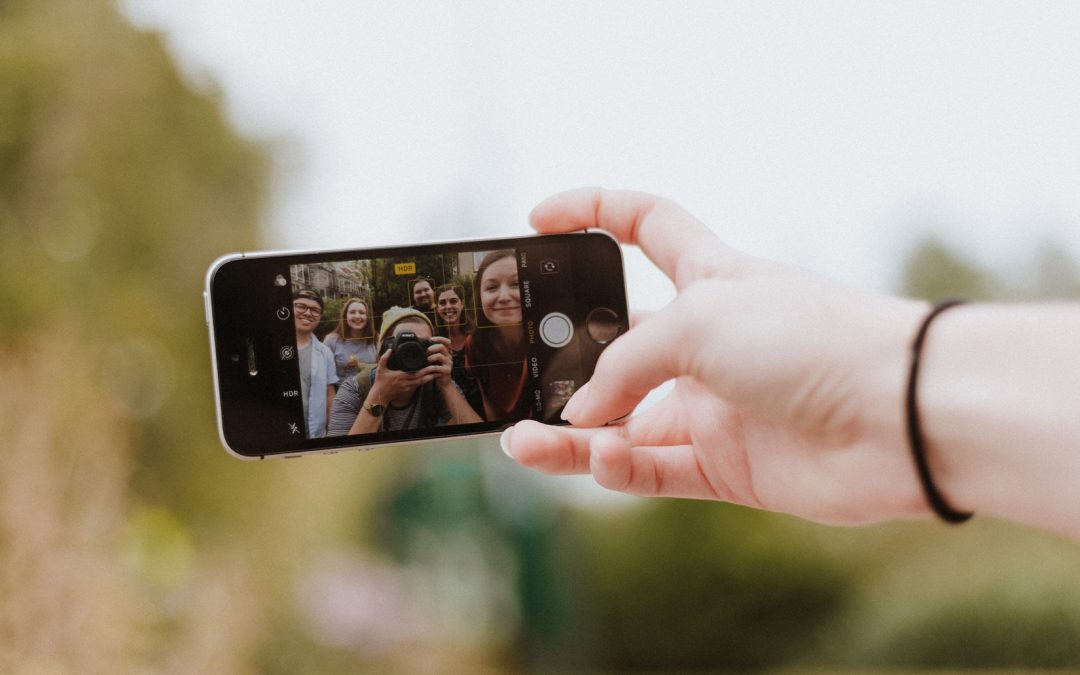It has become commonplace that today's consumer, due to the influence of the Internet and social networks, wants things here and now. And this is only partly true, because if we only stick to this easy headline, we will have a vision of the customer that is not only fragmented but completely confused: we will think that because of the new technologies the customer has become a capricious, whimsical, superficial and even arbitrary entity.
The full picture is that today's consumer wants things for himself, personalised, as if he were the only customer, or at least to be treated as something completely different. When you treat ONE customer as THE customer, and specifically as YOUR customer, words like caprice or whim cease to be conjugated to make way for others: loyalty, fidelity, enthusiasm, accompaniment. This is the way to make the customer become a fan and, why not, a brand ambassador.
En ese sentido, una compañía especializada en servicios en la nube (DataStax), acaba de hacer público un estudio contundente sobre lo que denominan cultura Yo (‘Me’ culture, en inglés), que «exige que los servicios y la experiencia sean relevantes, estén siempre disponibles, sean receptivos al instante y accesibles donde sea y como los clientes deseen». Para eso es obligación del proveedor ofrecer una experiencia realmente personalizada en tiempo real, y proporcionar información basada en datos para una Experiencia de Cliente perfecta.
Among the survey's findings, there are three major conclusions: the adult population is willing to spend more money if they have instant gratification; they are also willing to share more personal data if it gives them access to personalised, real-time responses; and in general their first, if not only, source of recommendations for purchasing products or services is going to be the Internet. Three important conclusions for anyone involved in sales and marketing: more money, more data, more impact. To use a popular expression, it's a no-brainer.
Regarding the first item, almost 7 out of 10 (69%) respondents are willing to spend more to reduce their waiting times for the services they are interested in. Not only that, but the increase is promising: on average, they would pay 21% more; a figure that rises to 40% if we narrow down the population to the segment that, like it or not, is set to be the focus of all marketing efforts in the coming years: the young millennials (18-34 years old) in the United States. Little more data is needed to tackle a successful upselling policy in any self-respecting company.
The US giant also leads in the number of respondents who would agree to share more data if it would generate a more personalised and real-time response. Specifically, more than half (53%) would accept this exchange of information for services. These figures are lower in the case of the other markets surveyed: in the UK it is 43%, in Germany it drops to 39%, and in France there is the greatest reluctance, which nevertheless leaves the figure at just over a third of the population (36%). This is a wake-up call for legislation such as the European General Data Protection Regulation, which is not without controversy both in terms of its application and its approach.
Despite this reluctance, the majority of the average adult population recognises that personalisation is important for their Customer Experience. And we are not talking about sectors that are not very relevant. We are talking about medical services (78%), banking (66%), food (58%), or air travel (52%).
The third point, and perhaps one of the most striking, is the preference for digital resources when it comes to information. So much so that globally, more than half (56%) prefer to consult the web rather than their partner for recommendations for products and services. This percentage rises to almost two thirds (64%) in the case of the United States.
Yo culture does not allow for replication. It is an adaptation to meet the needs of a specific typology, which affects brands of all sizes in all markets. The more relevant the Customer Experience is, the easier it will be to differentiate from competitors. And to obtain key insights such as informational impact, detailed customer data or a higher price range in line with consumer expectations.
Photo by Priscilla Du Preez on Unsplash






